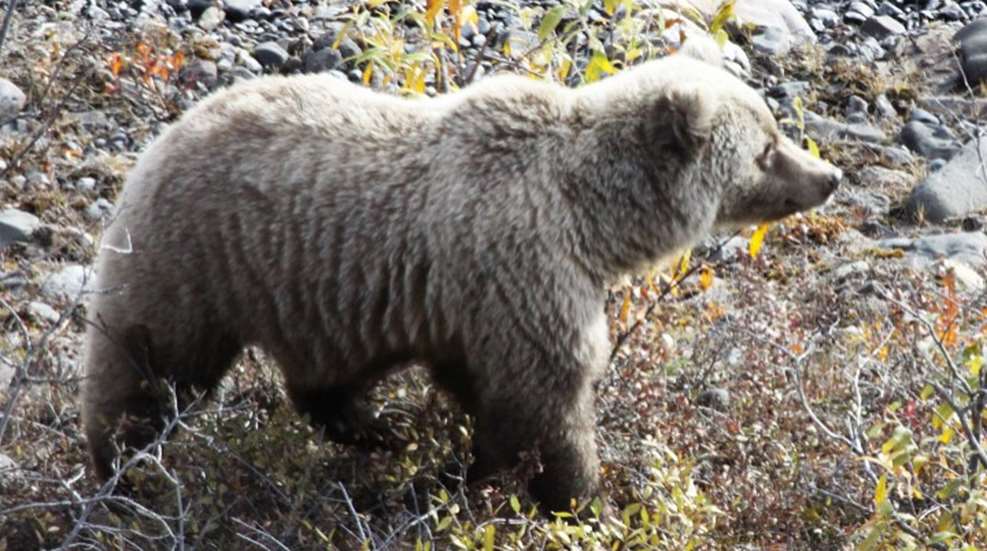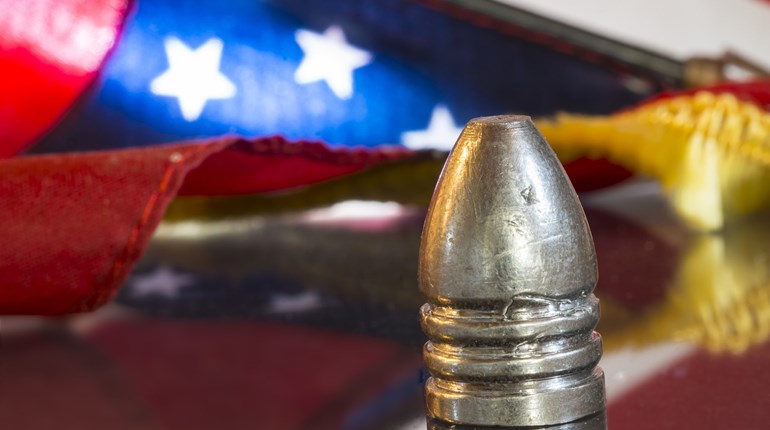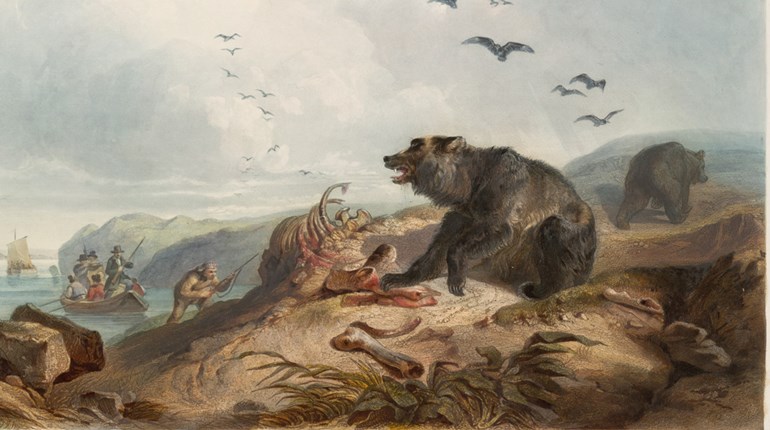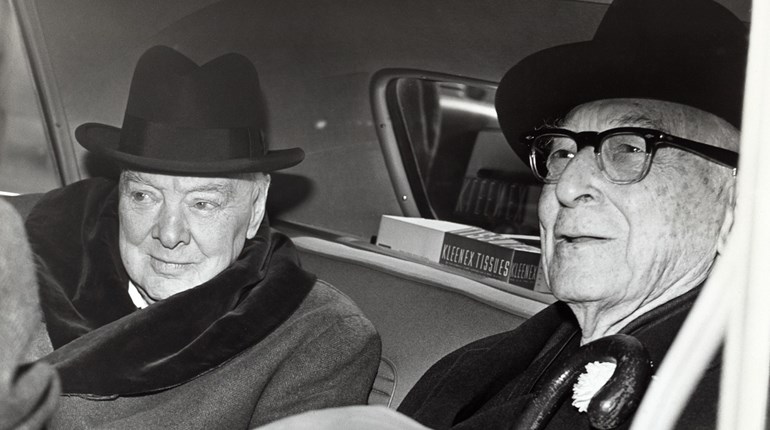
Ask anyone entering a national park what species of wildlife he or she would most like to see and photograph during their visit and the answer will likely be a bear. The iconic wild animal of American wilderness, black bears are found nearly nationwide; grizzlies inhabit areas of the mountain West; both species are present in Alaska.
Photographing a bear in the wild is a thrilling experience, but it obviously must be done safely or the opportunity could become a bit too thrilling. A backpacker in Alaska’s Denali National Park learned that lesson the hard way.
During the summer of 2012, this particular backpacker saw a grizzly at a supposedly safe distance, but instead of making the bear aware of his presence and then slowly backing away—as he should have—the backpacker instead chose to stay and take photographs. The man’s camera, recovered after the incident, shows the bear slowly approaching as the backpacker stands his ground, taking photo after photo. The final photo on the camera shows the grizzly just a few yards away. The backpacker became the first person ever killed by a bear in the park’s 95-year history.
A much safer way to take photos of grizzlies in Denali, or anywhere, is from a vehicle. The park only has one main road, but it’s nearly 100 miles long. Private vehicles are allowed on the first 15 miles, but to venture further you must be on a park bus. Various types of park tours are offered by bus, but a specialized photography tour will put you with likeminded people and take you to areas most conducive to stunning wildlife and landscape photos. (Note: The grizzly bear photo accompanying this story was taken on just such a Denali photography bus tour.)
However, if you have your heart set on hiking or backpacking in Denali, a backcountry permit is required. Park personnel will explain proper bear protocol when issuing your permit, but realize before stepping onto the trail that you will no longer be at the top of the food chain.
A photo opportunity quite different from shooting grizzlies in Denali is photographing black bears in Great Smoky Mountains National Park. Located on the border of Tennessee and North Carolina, GSMNP is the most-visited national park in the country. As a result, black bears are so used to seeing people that most pay little attention to visitors, often ambling by just a few yards away. But that doesn’t mean those bears are not still potentially dangerous. A sow with cubs or a mature male defending his territory can be particularly troublesome.
Predictably unpredictable, bears are not the bumbling oafs or cuddly teddy bears portrayed on some television nature programs. No matter where they live, by nature a bear is still a bear, and they are much stronger, smarter and more adaptive than most people realize. They are also fast, able to run 30 miles per hour for a short distance. The best an Olympic sprinter can do is in the low 20s. It is the wise wildlife photographer who gives bears a wide berth.
How best, then, to safely photograph bears? Shooting bears with a camera is one instance when a telephoto lens is an absolute necessity, as it gives you more “working distance,” meaning more actual yardage between you and your photo subject; yet will still allow you to “fill the frame.” So how close is too close? A good rule of thumb is that if your presence changes the natural behavior of a bear, you’re too close.
That said, my personal choice of photography equipment for bears is a Canon EOS 7D Mark II camera body attached to a 100-400mm Canon zoom lens. Though certainly not the latest and greatest body, this camera was designed for sports/wildlife photography, and has been a workhorse for me for years. I often mount a 1.4X teleconverter (multiplier) between the body and lens, giving me 560mm of reach.
Another advantage of the camera is that because of its image-stabilization feature it can be handheld. In other words, the camera does not require lugging a bulky tripod afield. However, if you don’t care to invest in traditional photo equipment, many late-model cell phones now have excellent zooming capabilities and produce surprisingly good-quality images.
If you’re not photographing bears from a vehicle, carrying a canister of chemical bear spray with you while afield is always a good idea. Just make sure it is readily accessible, not buried in your backpack. And keep in mind, too, that bear spray is potent stuff, as the following anecdote illustrates.
I know an Emergency Medical Technician (EMT) who had to take a small dose of pepper spray to the face during training so that he would know what the experience felt like and be better prepared to provide first aid to others who have been sprayed. He was sprayed with pepper spray designed for use on humans, and said that although the experience was certainly not pleasant, after flushing his face and eyes with water for several minutes he recovered in about an hour. However, several months later that same EMT inadvertently sprayed himself with bear spray. “It was horrible stuff,” he said, “and it took me hours to recover.” Just a word of caution when handling bear spray, do so carefully—just as you would any firearm!
While photographing bears when other photographers are near and working the same subject, remember common courtesy. For instance, just this past spring I was photographing a yearling black bear at Great Smoky Mountains. The bear was only a few feet off the road, and I was able to slowly approach on foot, my telephoto lens giving me plenty of safe working distance.
As I started shooting, however, I heard a vehicle pull up behind me, stop, and a car door open. A young man in his twenties jumped out, ran up with cell phone in hand, positioned himself squarely between me and the bear, and took a “selfie” with the bear in the background. He then yelled loudly to his buddies back in the car, “Got it!” Running back to the vehicle, he jumped in, slammed the door shut, and the car roared off.
The young man had been way too close to the bear for his own safety, but fortunately the yearling spooked into the underbrush and didn’t come at him. Nevertheless, it was game-over for me and the few other photographers who had been shooting that particular bear. It should go without saying, but don’t be “that guy.”
Black bear and grizzly bear populations are increasing in certain parts of the U.S., offering more and more photography opportunities both within and outside of national park boundaries. And, as the U.S. human population continues to increase, bear-people conflicts will no doubt also increase as people choose to live or recreate in bear range. As a result, knowing how to safely co-exist with bruins, as a wildlife photographer, outdoors enthusiast or homeowner, will become an even more necessary skill in the future.






































